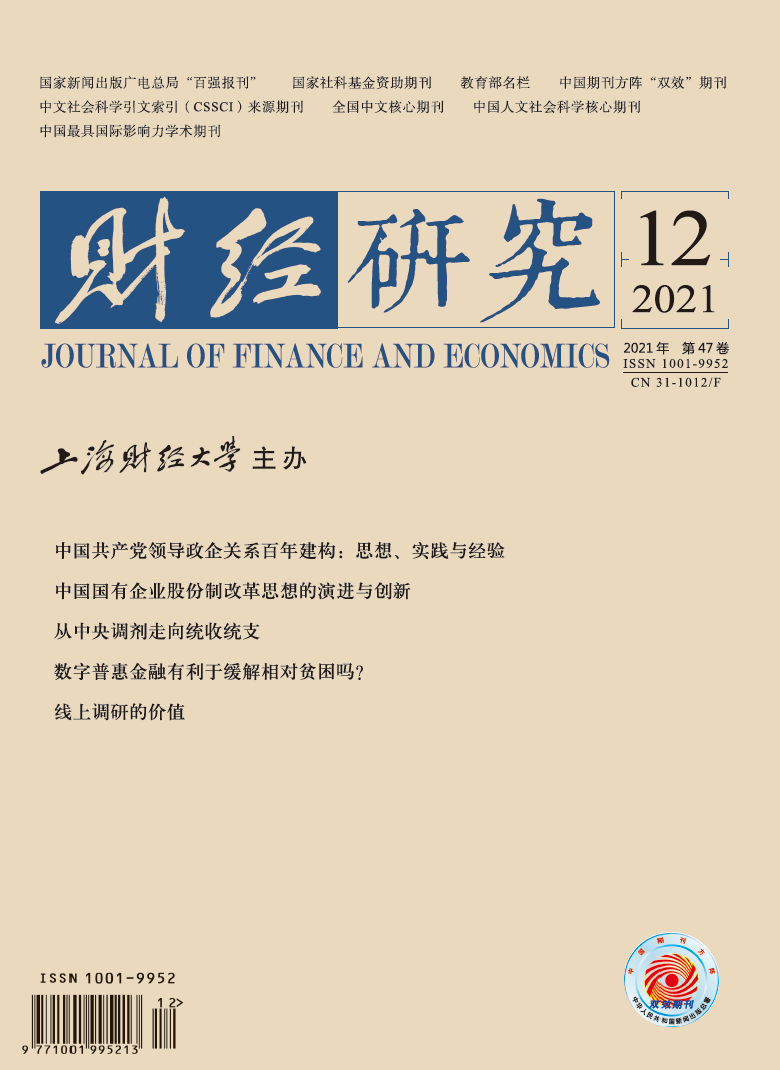At the beginning of reform and opening up, in the new historical period and economic conditions, all sectors of society began to explore the reform model of state-owned enterprises that met the requirements of China’s economic system reform and the needs of social and economic development. In this process, rich ideological achievements represented by the thought of joint-stock system reform have been formed, which is a rational reflection on how to transform state-owned enterprises in socialist countries, widens the path choice of China’s state-owned enterprise reform, and provides ideological reference for further reform in practice. Among them, the unique views on the joint-stock reform of Chinese enterprises in the process of China’s market economy construction have accumulated theoretical elements for the construction of Chinese economics.
Taking time as a clue, this paper divides the development and evolution of the thought of joint-stock system reform in Chinese state-owned enterprises since the reform and opening up into three stages: the embryonic exploration stage with promoting the pilot of enterprise reform as the core, the system innovation stage with straightening out the relationship of enterprise property rights as the core, and the in-depth promotion stage with realizing the diversification of enterprise property rights as the core. This paper systematically examines these three stages and finds that: First, correctly understanding and dealing with the relationship between government and market is the logical main line to promote the thought of joint-stock system reform in Chinese state-owned enterprises. Second, the dynamic evolution of the thought of joint-stock system reform in Chinese state-owned enterprises fully reflects the interactive influence of system and thought. Third, the thought of joint-stock system reform in Chinese state-owned enterprises has always been based on China’s national conditions, and has realized theoretical innovation in reform concept, reform mode, corporate governance structure, and government role in continuous exploration. Fourth, the thought of joint-stock system reform in Chinese state-owned enterprises still needs to play a further role in accelerating employee stock ownership, promoting the development of private economy, and improving the supervision of state-owned assets.
The innovation of this paper lies in the following aspects: First, it widens the research time cycle, then systematically combs the policies and academic ideas on the joint-stock reform of state-owned enterprises since the reform and opening up, and analyzes the evolution path of the thought of joint-stock system reform in Chinese state-owned enterprises. Secondly, it summarizes the theoretical innovation of the thought of joint-stock system reform in Chinese state-owned enterprises in the aspects of reform concept, reform mode, corporate governance structure, and government role since the reform and opening up, and summarizes the relevant evaluations on China’s joint-stock reform of state-owned enterprises in the international academic circles. Third, it analyzes the future exploration focus of the thought of joint-stock system reform in Chinese state-owned enterprises.





 5793
5793  7287
7287

